Zero Robotics High School Tournament 2013 (USA Only)
Info
Teams

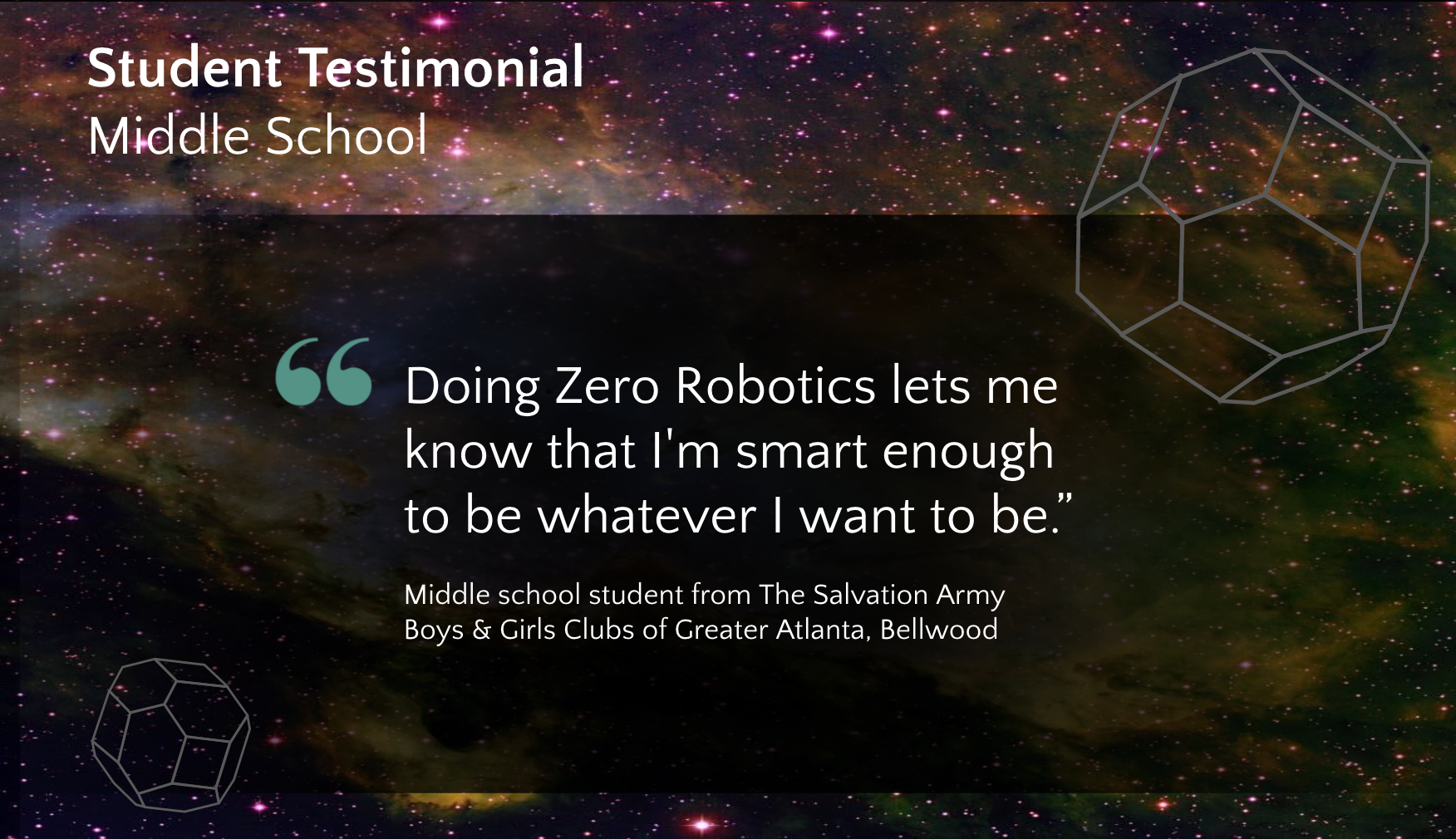

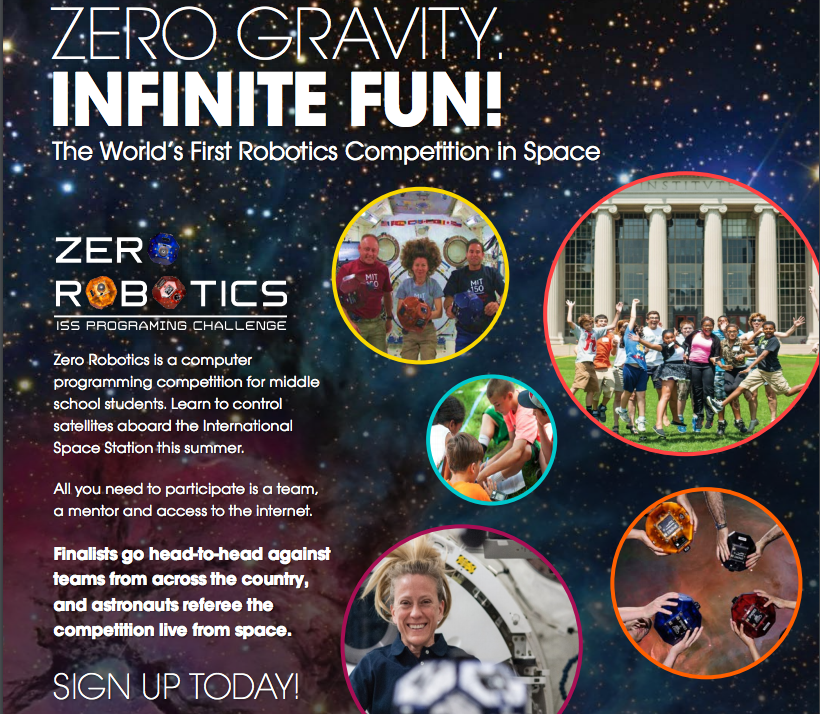
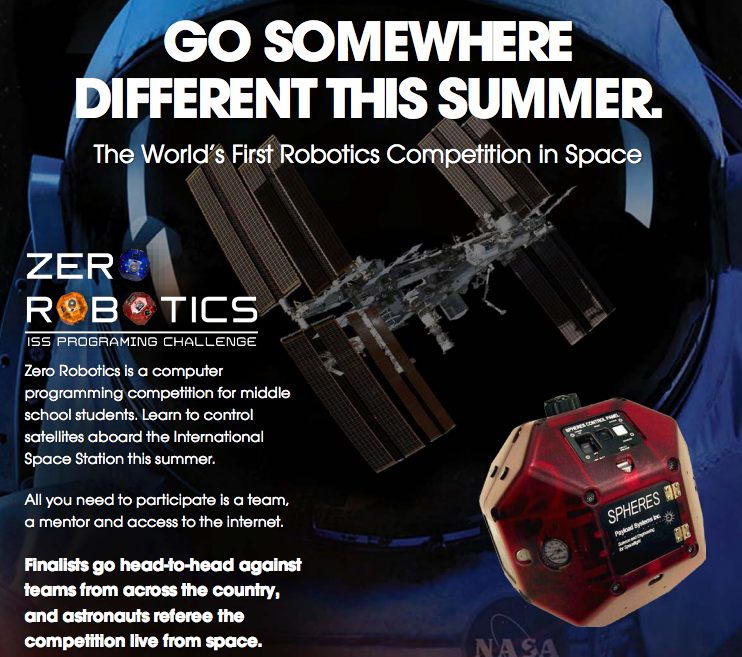

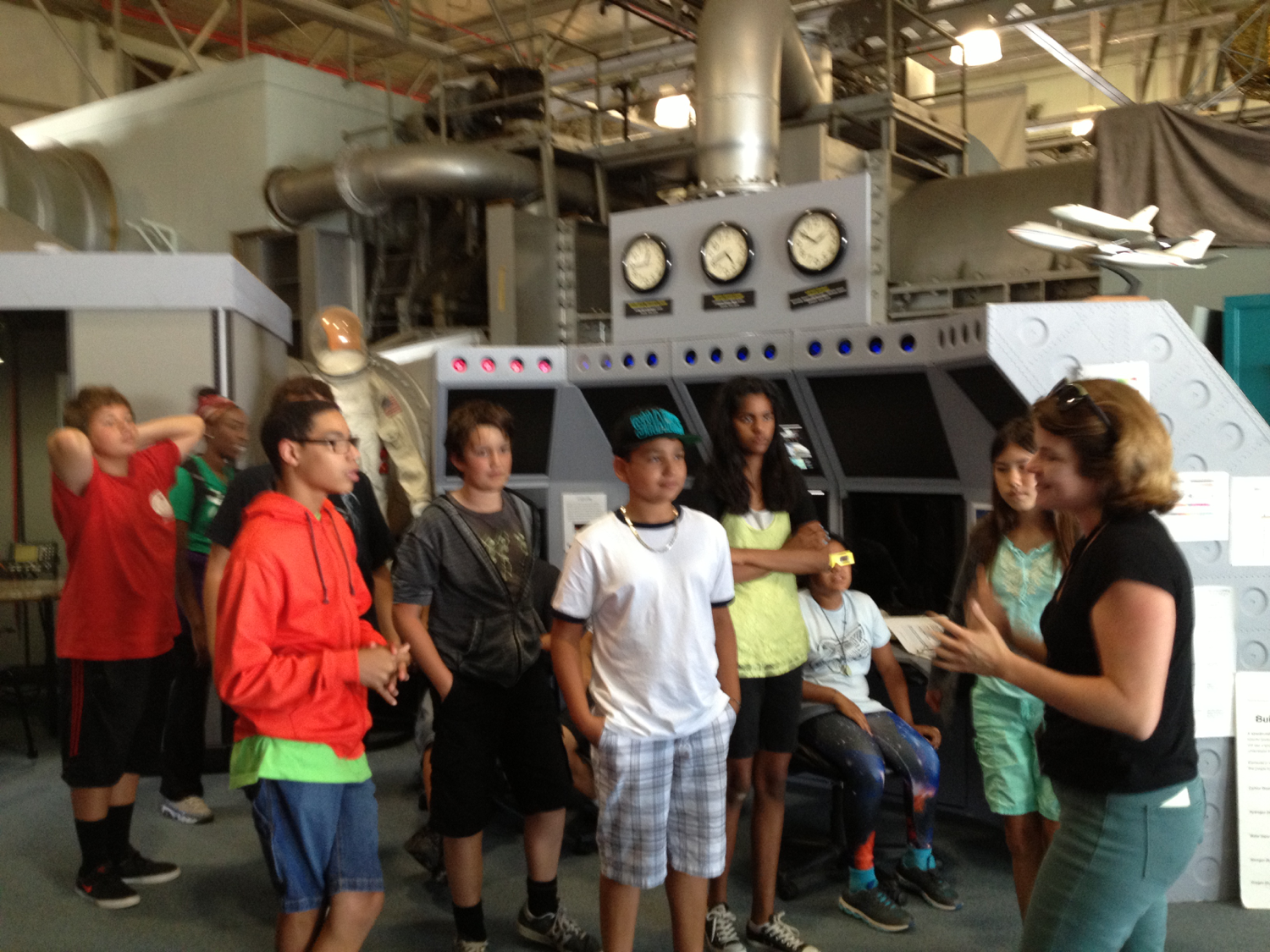
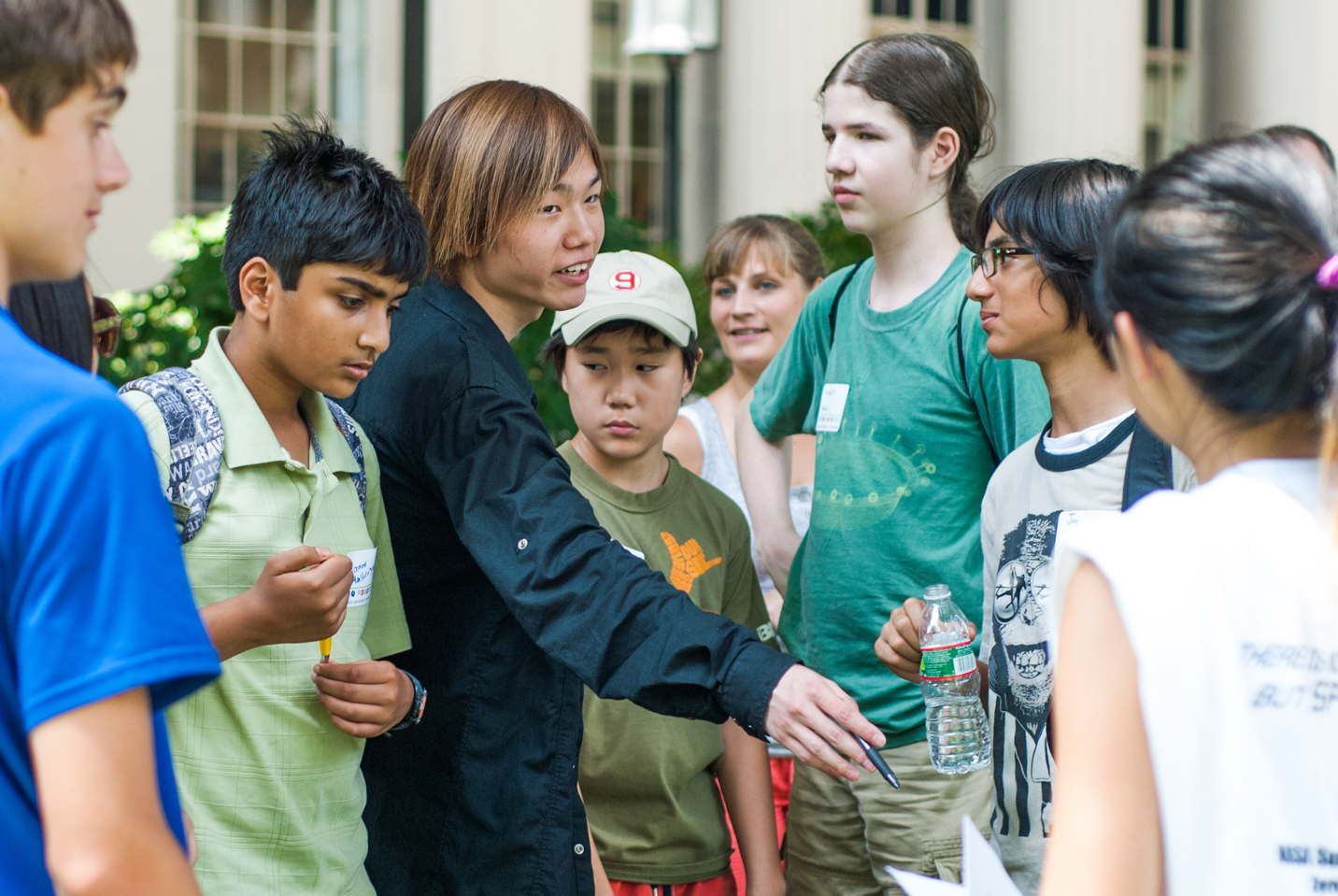


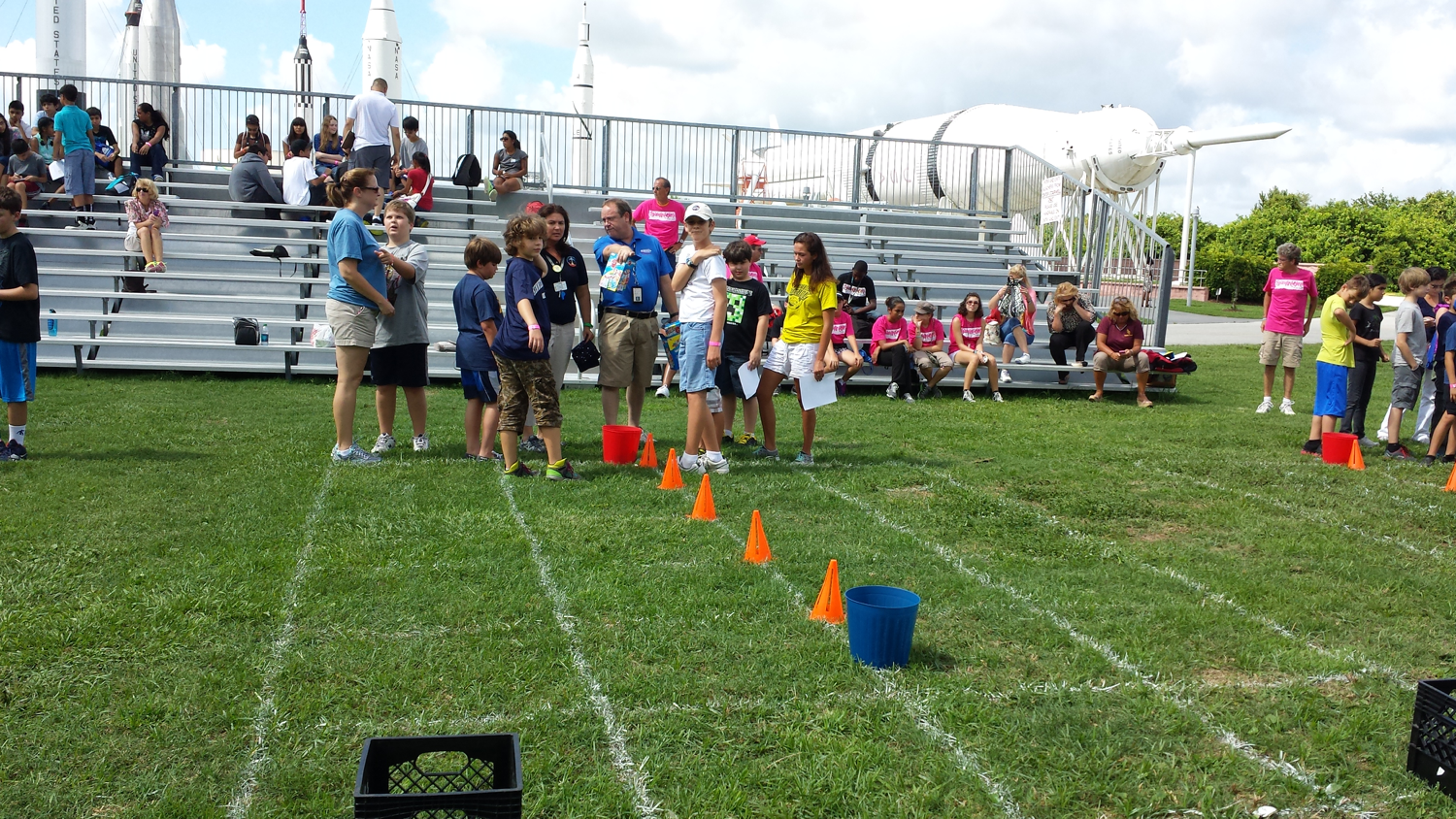
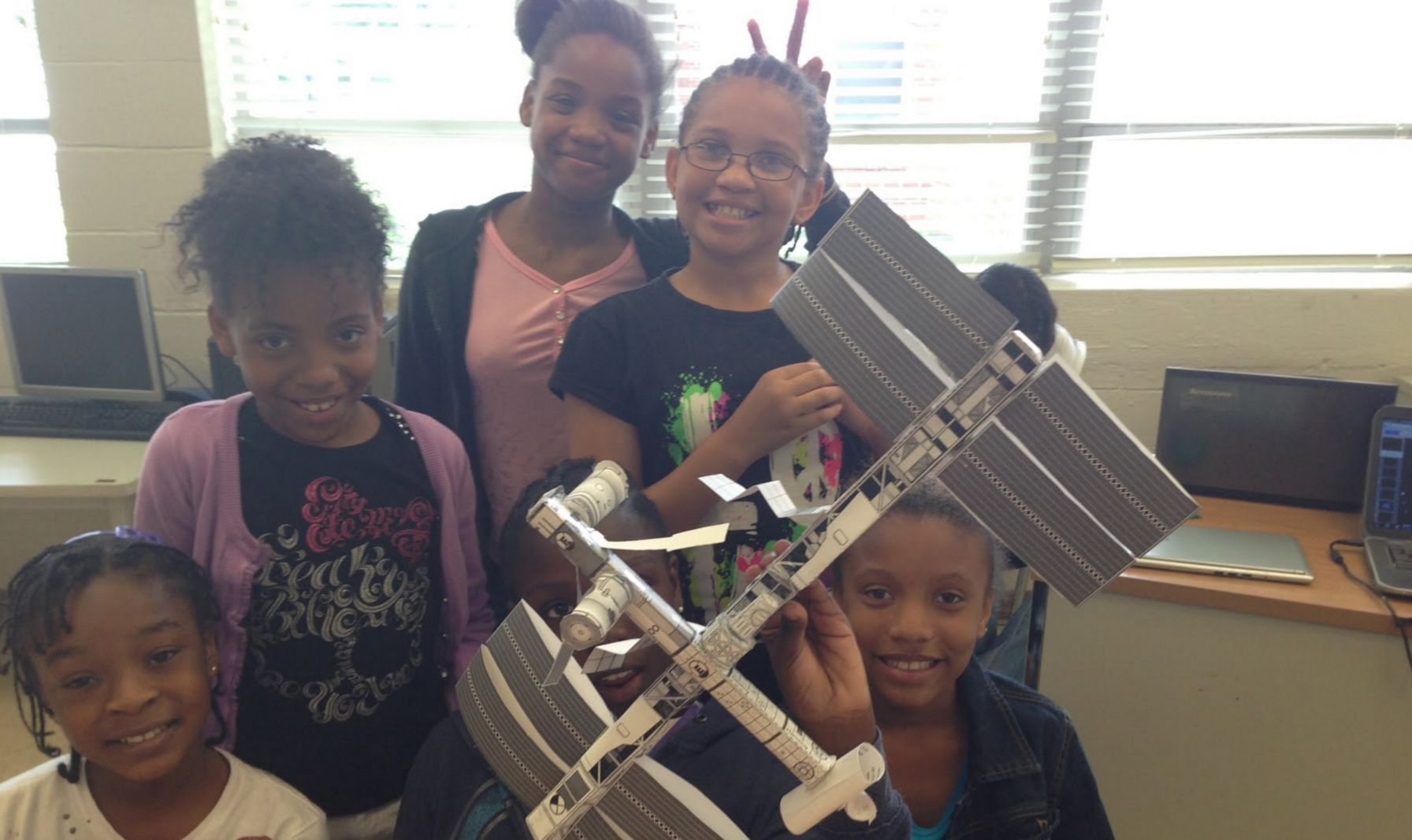


The 2013 High School Tournament registration takes place in the spring and summer (Apr-Sep), with the main competition season in the fall (Sep to Dec). The tournament is open to any group of high-school (or equivalent) students in the USA and its territories. Teams from the European Space Agency member countries will be participating in a joint tournament.
Official Rules
"Zero Robotics" tournaments open the world-class research facilities on the International Space Station (ISS) to high school students. Students write programs at their high schools that may control a satellite in space! The goal is to build critical engineering skills for students, such as problem solving, design thought process, operations training, and team work.
The participants compete to win a technically challenging game by programming their strategies into the SPHERES satellites. The game is motivated by a challenging problem of interest to DARPA, NASA and MIT. The programs are "autonomous" - that is, the students cannot control the satellites during the test itself.
The tournament begins with simulations in phases from 2D to 3D, gradually increasing in difficulty. After elimination rounds, the finalists will see their code run in the SPHERES satellites aboard the International Space Station with live transmission from space. The finals take place at MIT and are also webcast live to all participants so that remote viewing is possible.
Student teams can create, edit, save and simulate projects online. They may use a graphical block diagram editor or a C editor to write code, then simulate their program immediately and see the results in a flash animation. MIT provides the simulation and C programming interfaces via the Zero Robotics website--no special software is required. The simulation also enables teams to compete against themselves or pre-coded standard players and challenge other teams informally; students have ample opportunities to test different strategies before submitting their code for a formal competition. All submissions to challenge others and to the competition are via the website. Students also have access to online tutorials and an MIT technical support system.
 Zero Robotics
Zero Robotics







